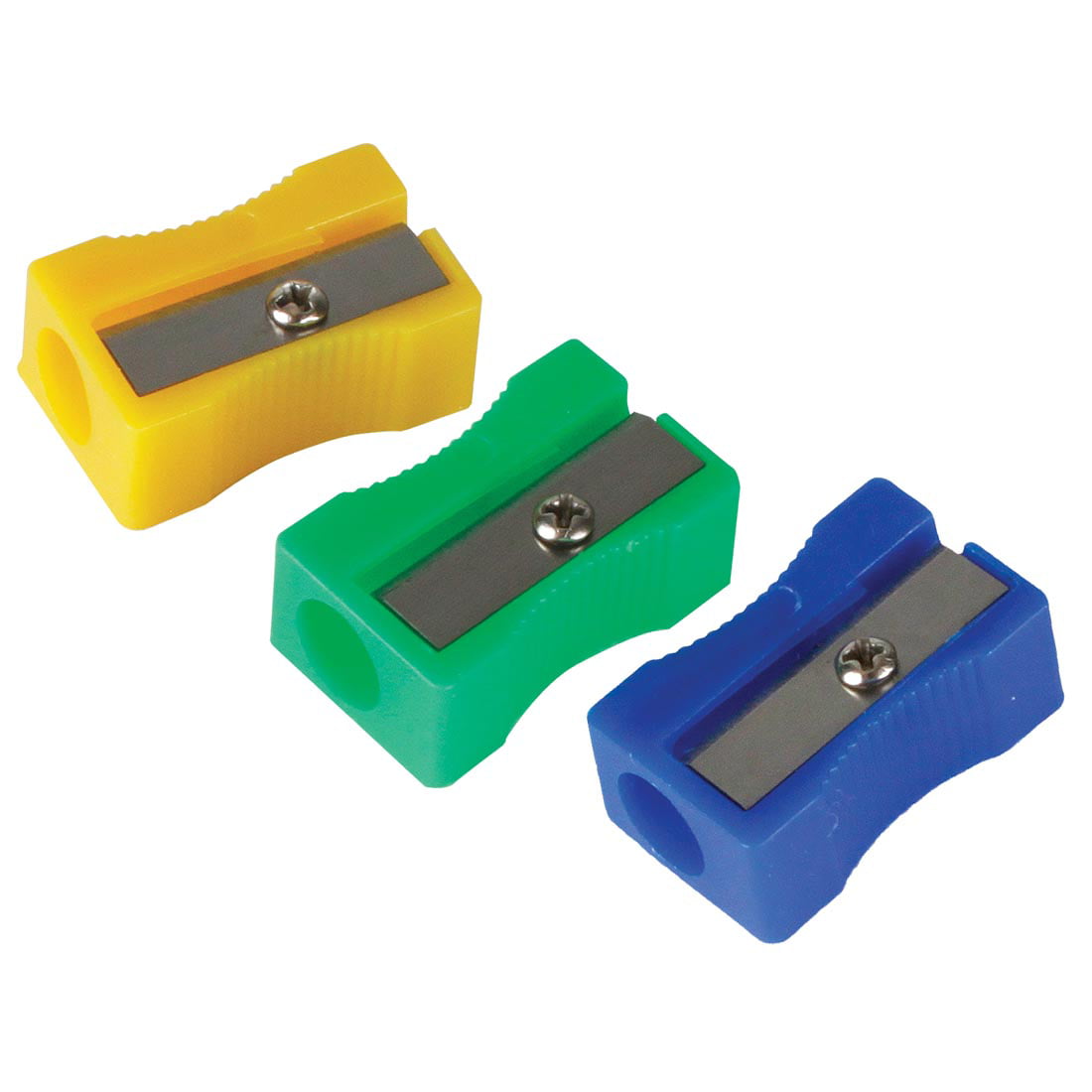

These devices were partially sold, but without supra-regional significance. In the 1830s and 1840s, some French people, all based in Paris, were engaged in construction of simple pencil sharpening tools, like François Joseph Lahausse. This is the oldest pencil sharpener that has surviving examples. In 1833 in England, Cooper & Eckstein patented the so-called Styloxynon, a simple device consisting of two sharp files set together at right angle in a small block of rosewood. Pencil sharpener devices using his patent were actually produced and sold by Binant, a shop for painting accessories in Paris. Commercial use of his inventions is unlikely.įrench mathematician Bernard Lassimonne (Limoges) applied for the world's first patent (French patent #2444) on a pencil sharpener in 1828. Boucher had not applied a patent for his pencil sharpener. His idea was also internationally known and recognized, as shown by corresponding reports in German literature at this time. Boucher was technically sensible and functional.

He was working with pantographs and apparently needed a device to precisely sharpen the pencils. Boucher (Paris) for the construction of a pencil sharpener. The development of pencil sharpeners began in France when a French book from 1822 reported in detail about an invention of Mr. It is common for many sharpeners to have a casing around them, which can be removed for emptying the pencil shavings debris into a bin.īefore the development of dedicated pencil sharpeners, a pencil was sharpened by whittling with a knife. Pencil sharpeners may be operated manually or by an electric motor.
#HANDHELD PENCIL SHARPENER MANUAL#
Tool for sharpening a pencil's writing point by shaving away its worn surfaceĪ manual prism sharpener generates long fan-shaped shavings Video of a mechanical pencil sharpener, showing gearing and helical sharpening bladesĪ pencil sharpener (or pencil pointer, or in Ireland a parer or topper) is a tool for sharpening a pencil's writing point by shaving away its worn surface.


 0 kommentar(er)
0 kommentar(er)
